There’s another level to Android gaming handhelds, and it’s amazing
Android Arcade
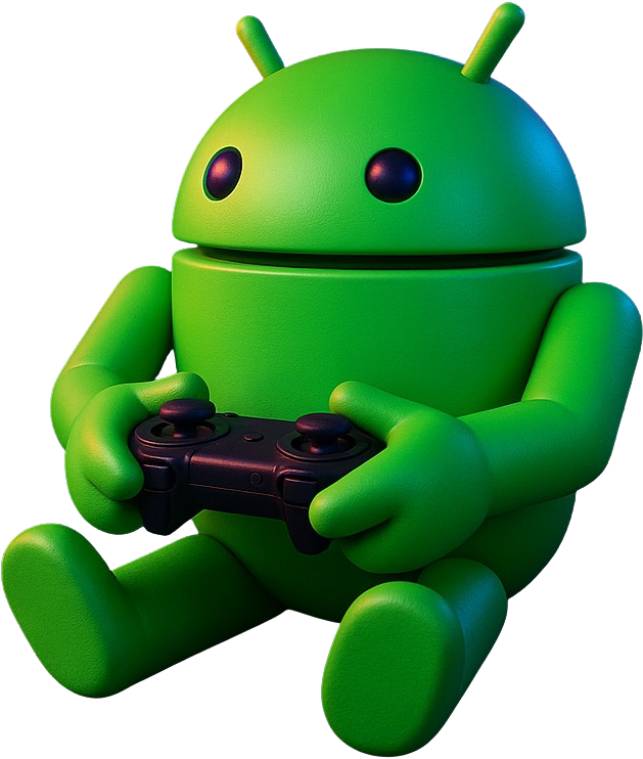
With Android Arcade, Android Central Senior Editor Android Myrick takes a weekly deep dive into retro gaming, emulation, handhelds, and everything in between.
In the olden times, I used to chase after the most powerful devices I could get my hands on. That’s still the case in some instances, but not when it comes to new Android gaming handhelds that are released.
There are a few reasons why you don’t see gaming handhelds being released with the Snapdragon 8 Elite, or even last year’s Snapdragon 8 Gen 3. The most obvious reason is cost, as these chips are simply more expensive, which would put some handhelds even further out of reach.
Another reason has everything to do with compatibility, as not every developer rushes out to buy a device with the latest chip. More often than not, it’ll be months before an emulator is updated to provide any kind of SoC-specific optimizations. That’s where Linux comes in to save the day.
Compatibility is key to emulation
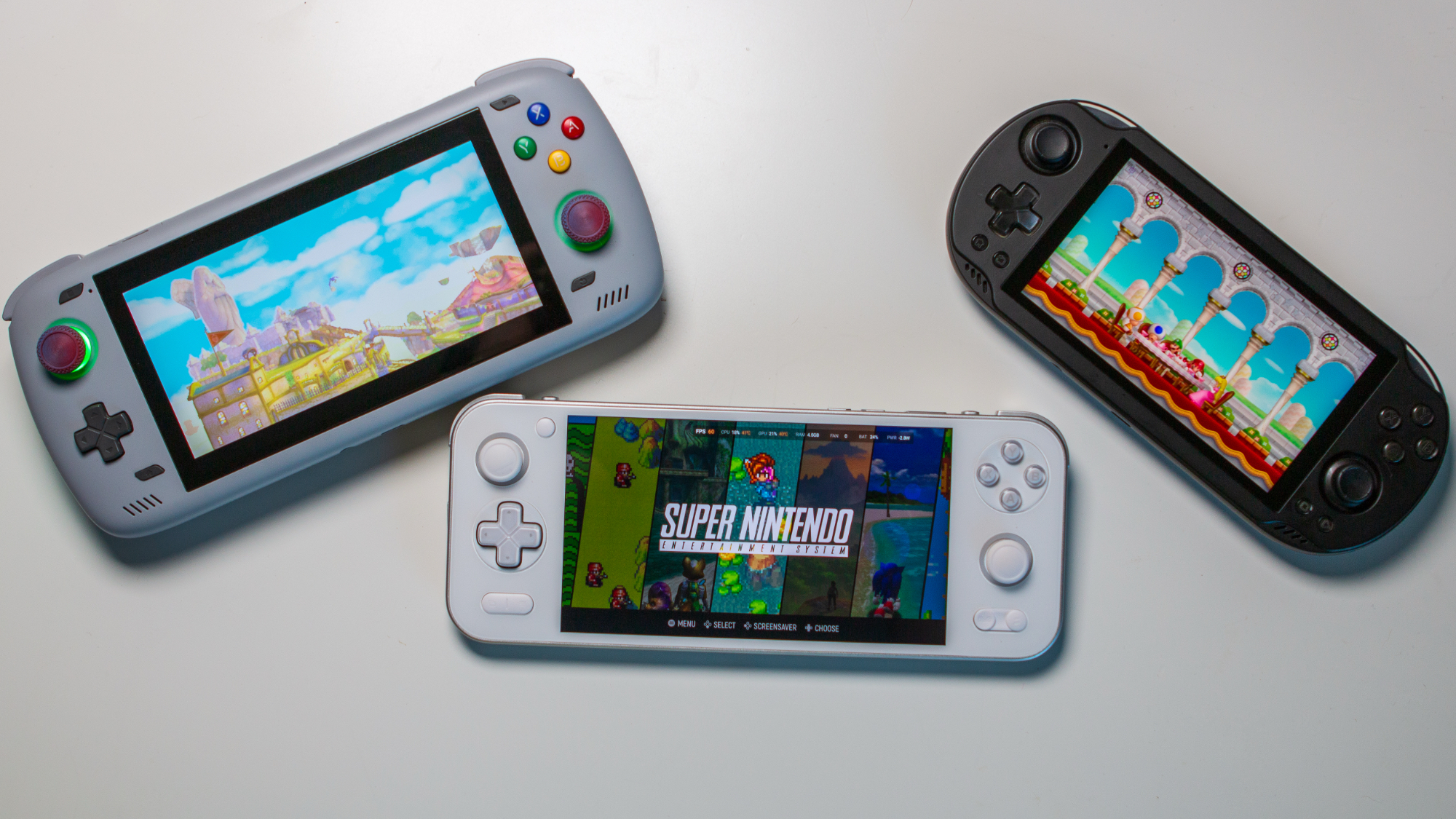
I’m not a developer, but I have to imagine that even if a new chip were built on the same fab as the previous-gen, that won’t necessarily be the case with a new GPU. Not to mention if it’s an entirely new platform, as was the case with the Snapdragon 8 Elite, which moved to a 3nm process down from the 4nm process of the 8 Gen 3.
This means that your best bet for performance, stability, and compatibility is a device powered by the Snapdragon 8 Gen 2. As luck would have it, a trio of Android handhelds rely on this chip, and they just got an upgrade I never actually expected.
Before proceeding, let me reiterate that I’m not a developer, so I can’t explain the ins and outs with great detail. With that out of the way, let’s talk about the latest build of ROCKNIX and how it’s now available on the AYN Odin 2, Odin 2 Mini, and Odin 2 Portal.
Linux comes to Android handhelds
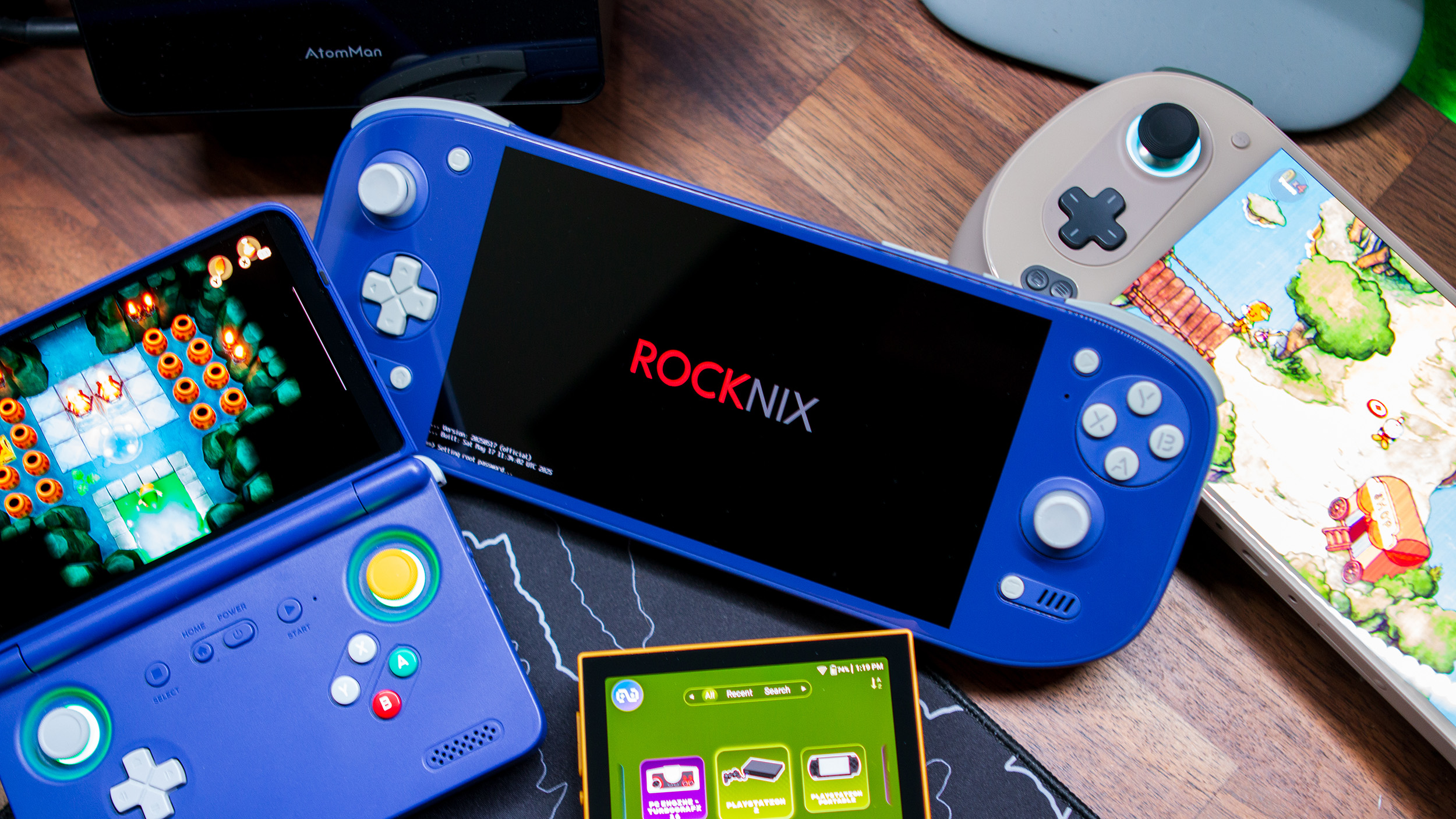
First, ROCKNIX is a Linux-based custom firmware that is flashed onto a microSD card. Once that’s done, there’s another file called the “Linux Loader ABL” that needs to be flashed onto the device, which makes it possible to “boot” from the microSD card instead of the internal storage. It might sound daunting, but it’s really not that bad if you carefully follow the steps.
From there, it’s a matter of inserting the microSD card, restarting to the bootloader, and selecting “Boot to Alt Source.” A few minutes later, and you now have a gaming handheld running Linux as opposed to Android.
You might be wondering if there’s actually any reason you’d want to do this, besides appealing to your inner tinkerer. To which I would respond with, “Yes, and in fact, there are several.”
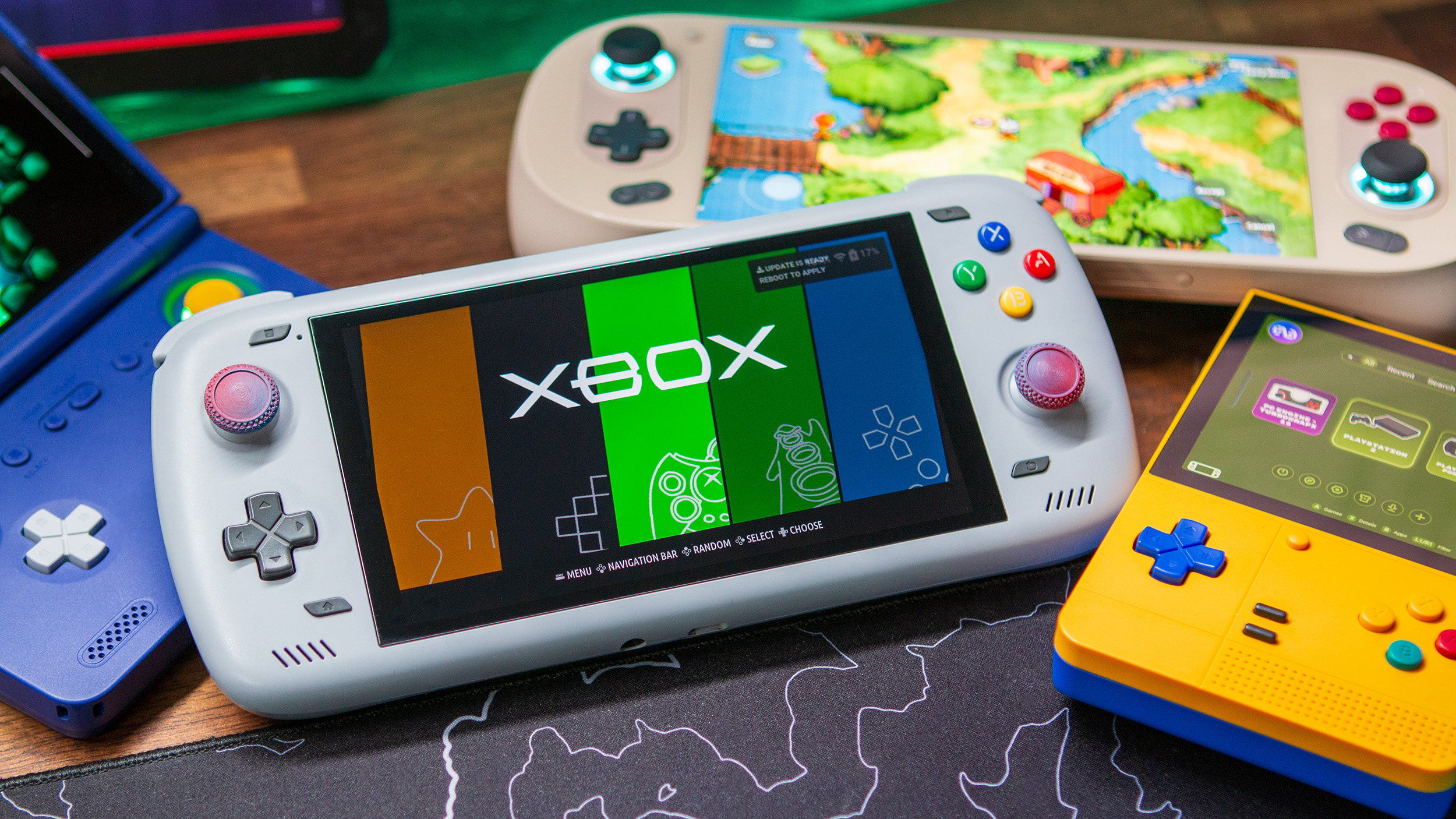
Arguably, the most exciting, for me at least, is the ability to play Xbox games on Android. And no, I don’t mean with the help of Winlator or Xbox Cloud Gaming. I mean that you actually emulate Xbox games on these handhelds using the popular Xemu emulator.
Earlier this year, you could have included PS3 emulation through RPCS3. However, that’s no longer as much of a hurdle thanks to RPCSX-UI-Android. But for what it’s worth, RPCS3 is also available on ROCKNIX, so you don’t have to go back and forth between it and Android for PS3 games.
The other major reason in favor of ROCKNIX, again for me, is PortMaster support. This is a platform that’s been available on many retro handhelds, as practically all of those are reliant on custom firmware that is based on Linux.
PortMaster is incredible
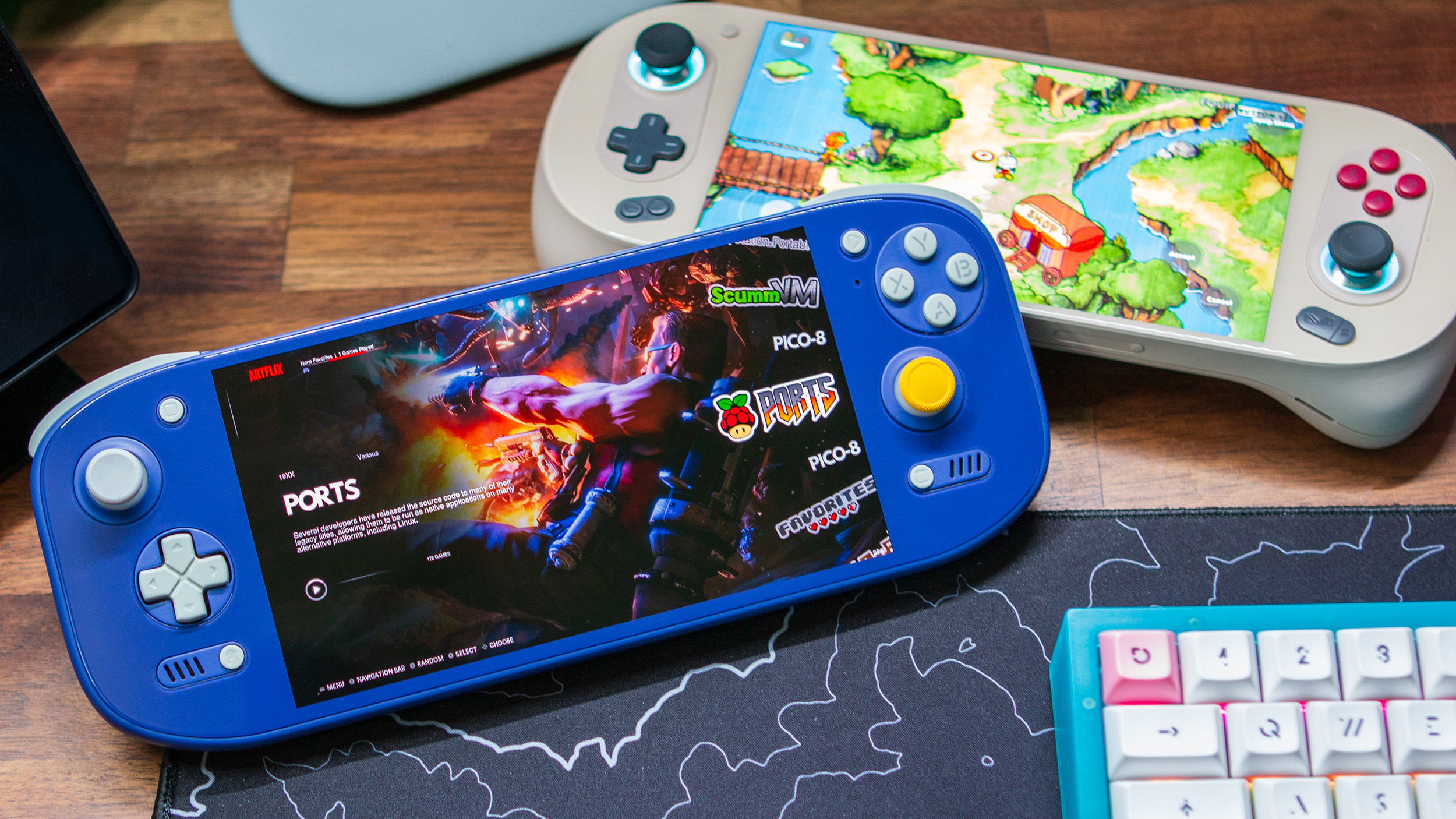
But what is PortMaster?
According to the website, it’s described as being “a simple GUI tool designed to facilitate the downloading and installation of game ports for Linux handheld devices.” Basically, it boils down to being a way for you to download, install, and update games that were originally released for Linux or Windows on Linux-based gaming handhelds.
Think of it like a version of the Play Store, but just for a lot of older games that weren’t previously available on handhelds or phones. At the time of this writing, PortMaster surpassed the 1,000 title mark, currently with 1,051 games available.
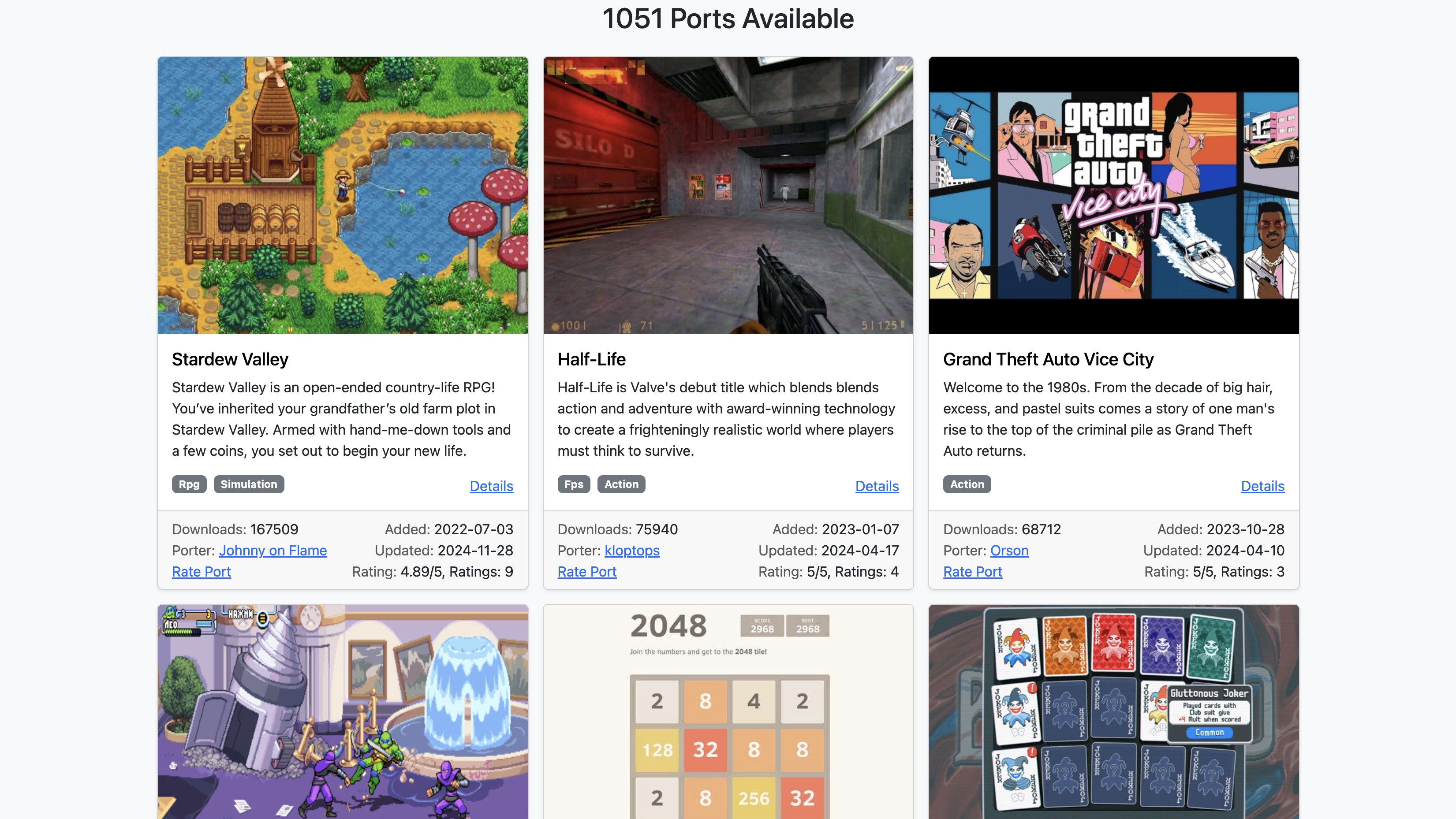
There are games that you can just download right away and start playing, such as Apotris, a Tetris-like game. But there are also games that require a bit more to get them working, as you’ll need to own an original copy of the game in order to transfer certain files.
Once those files are in place, it’s off to the races! Some of the most popular games include Stardew Valley, Half-Life, GTA: Vice City, TMNT: Shredder’s Revenge, and Balatro. A few of those games have already been ported to Android and are available on the Play Store. However, there are a few other games that you either won’t find anywhere else, or are an absolute pain to try and set up.
Exciting times are here, with the right devices
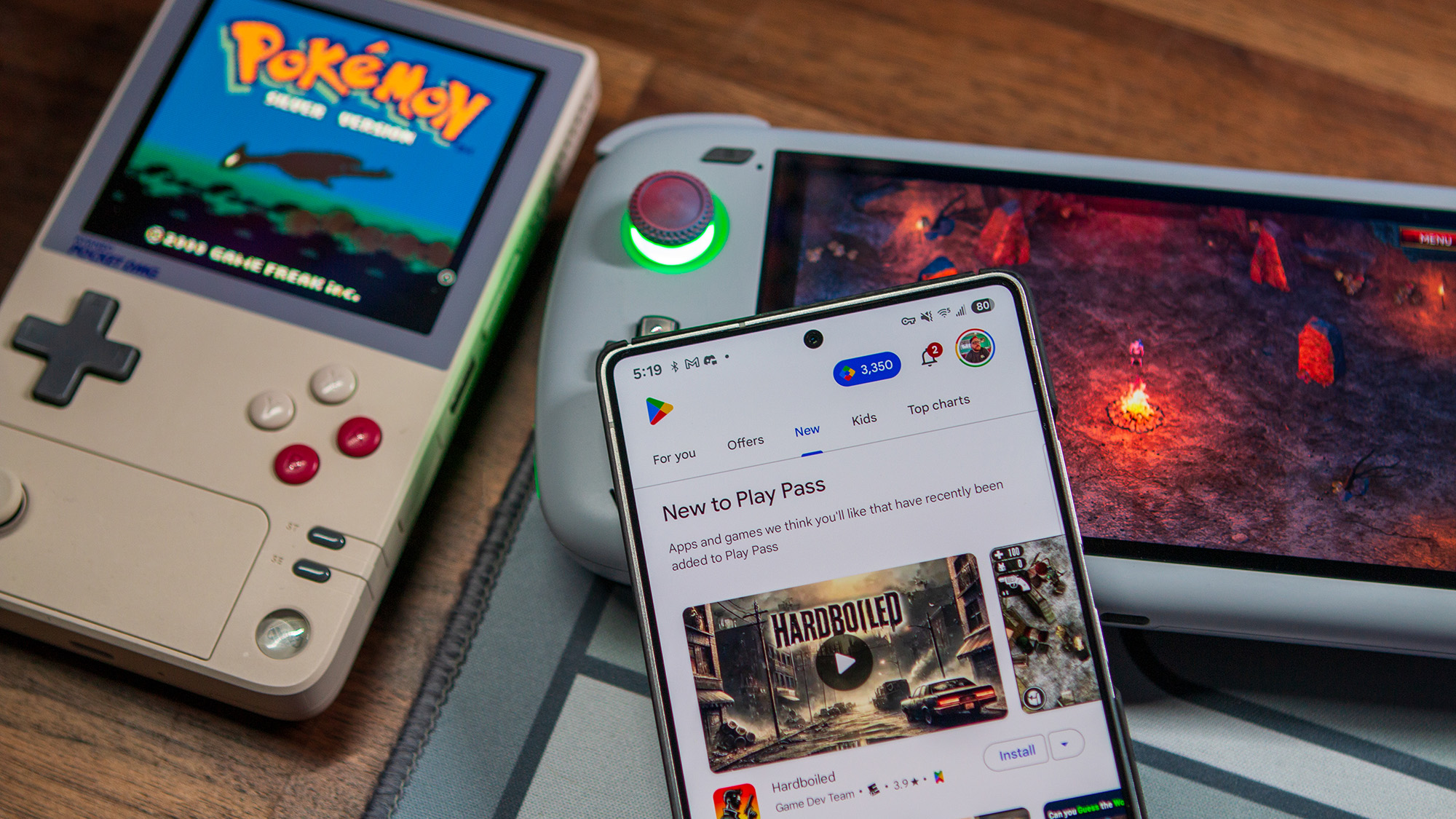
All of this might seem pointless to some, as you can do the majority of this with Android. Plus, you have the benefit of installing multiple emulators, along with Winlator and Switch emulation. Two things that aren’t natively available with ROCKNIX.
But if you have one of these handhelds and the time to tinker, I recommend just taking ROCKNIX for a spin. And if you don’t like it, no harm, no foul, as the firmware is installed onto the microSD card and doesn’t do anything to the Android system. Just turn off the device, take out the card, and boot back into Android without a hitch.
I do hope for a day when Android handhelds get the most powerful processor, complete with Linux and custom driver support. Unfortunately, I don’t think that will come to fruition, but if there’s one thing the emulation community has proven, it’s that anything is possible.
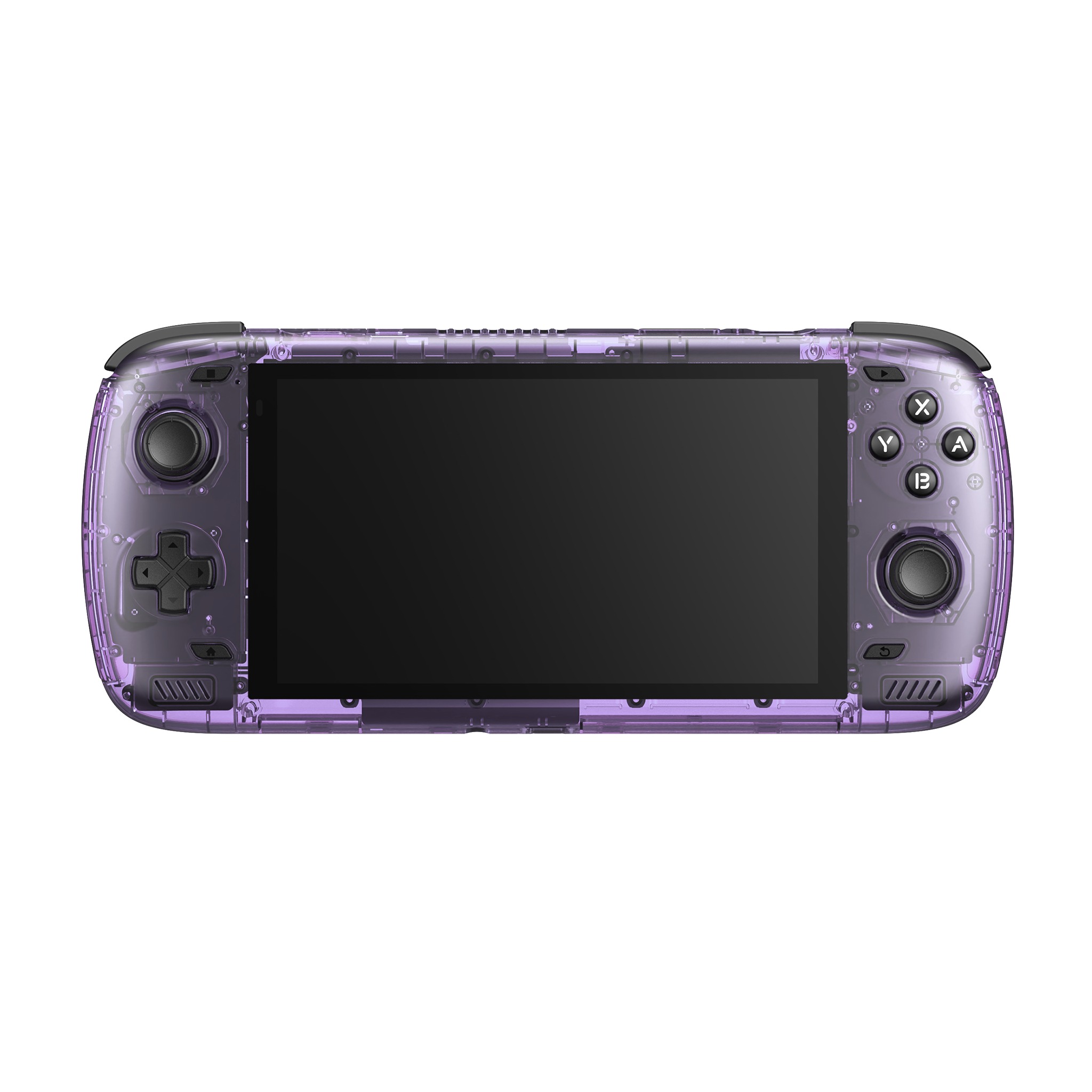
Powerful and flexible
The AYN Odin 2 kicked off a chain reaction resulting in the company releasing two more handhelds that are arguably the best for Android gaming. Now, it’s even possible to install Linux on them, opening up a whole new world.














Post Comment